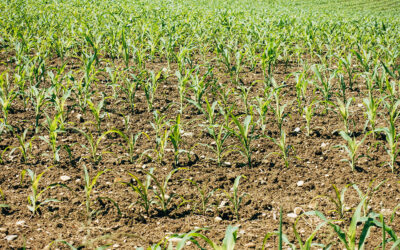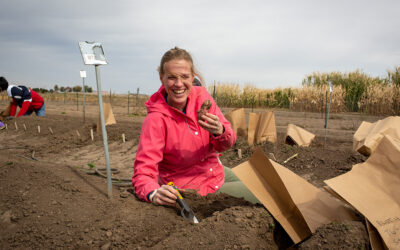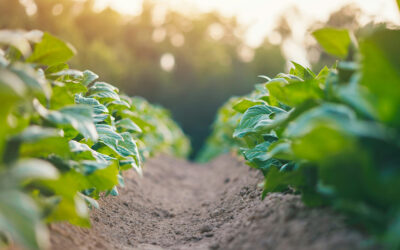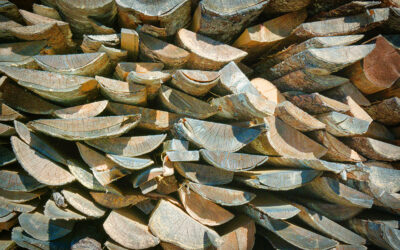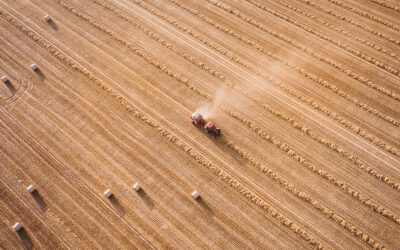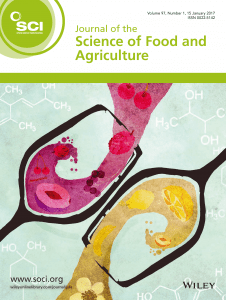 The Journal of the Science of Food and Agriculture (JSFA) has changed its design and is now accepting front cover images from its authors. In the latest issue of JSFA, the front cover image comes from Rocco Longo et al., and the Review Changes in Volatile Composition and Sensory attributes of Wines During Alcohol Content Reduction.
The Journal of the Science of Food and Agriculture (JSFA) has changed its design and is now accepting front cover images from its authors. In the latest issue of JSFA, the front cover image comes from Rocco Longo et al., and the Review Changes in Volatile Composition and Sensory attributes of Wines During Alcohol Content Reduction.
In this work, the current scientific knowledge is reported with regard to the alternations of volatile composition and sensory attributes during the alcohol reduction process. In the last few decades, factors such as a greater awareness of the negative effects of alcohol have increased the international interest in lower-alcohol wine production. High levels of alcohol can increase the risk of health and social problems, increase taxation for producers, reduce yeast activity during fermentation causing stuck and slow fermentations, and alter the wine sensory profile. Flavour is one of the most important drivers for consumption, and therefore must be considered in the production of reduced-alcohol wines.
Although a number of strategies have been implemented for alcohol content reduction, membrane-based technologies (reverse osmosis, evaporative perstraction and pervaporation) and vacuum distillation (spinning cone column) have been adopted to the greatest extent by the wine industry. Despite the capability of these technologies to preserve wine aroma and taste within certain limits, losses of important aroma compounds occur.
Additionally, the change in ethanol concentration modifies the solution solubility, altering the headspace concentration of some important volatile compounds and therefore the organoleptic characteristics of the final wine. A greater understanding of the changes that occur during the dealcoholisation process will help wine producers limit undesirable effects in the wine and help increase acceptance amongst consumers.













